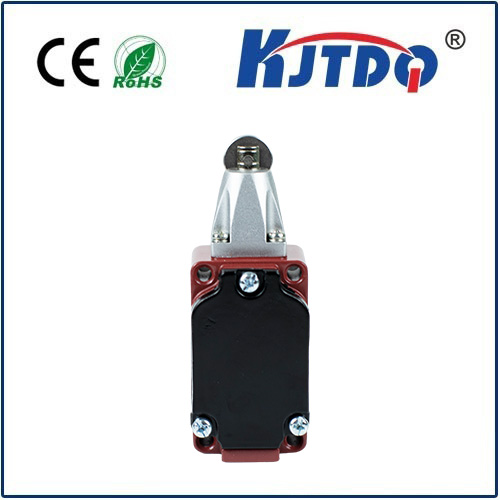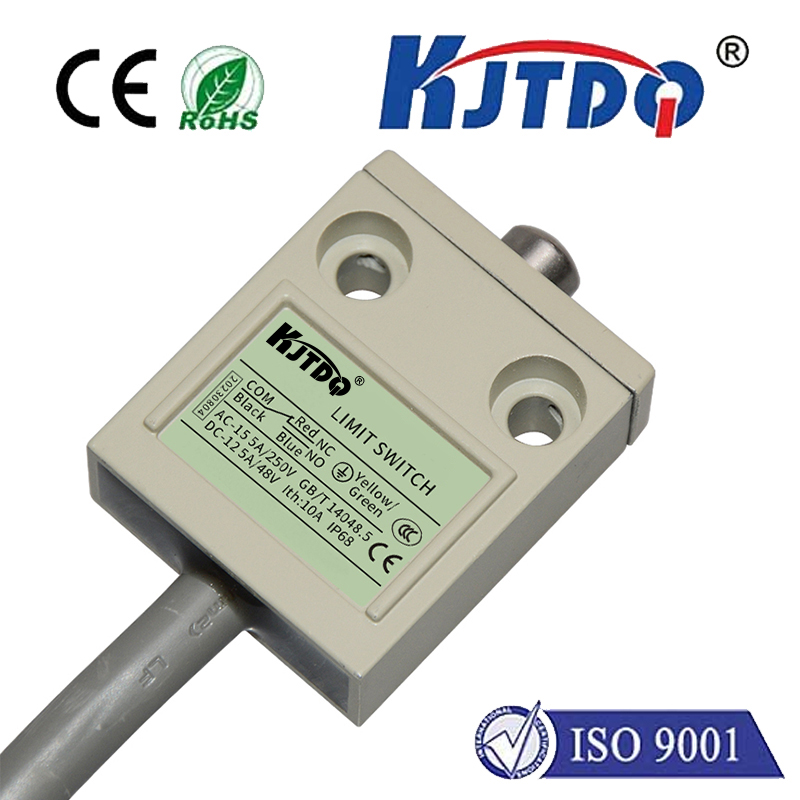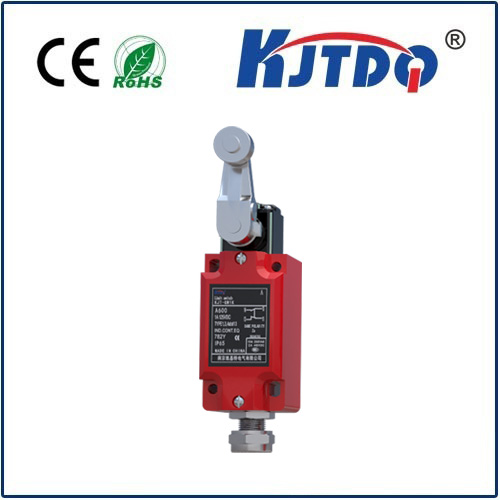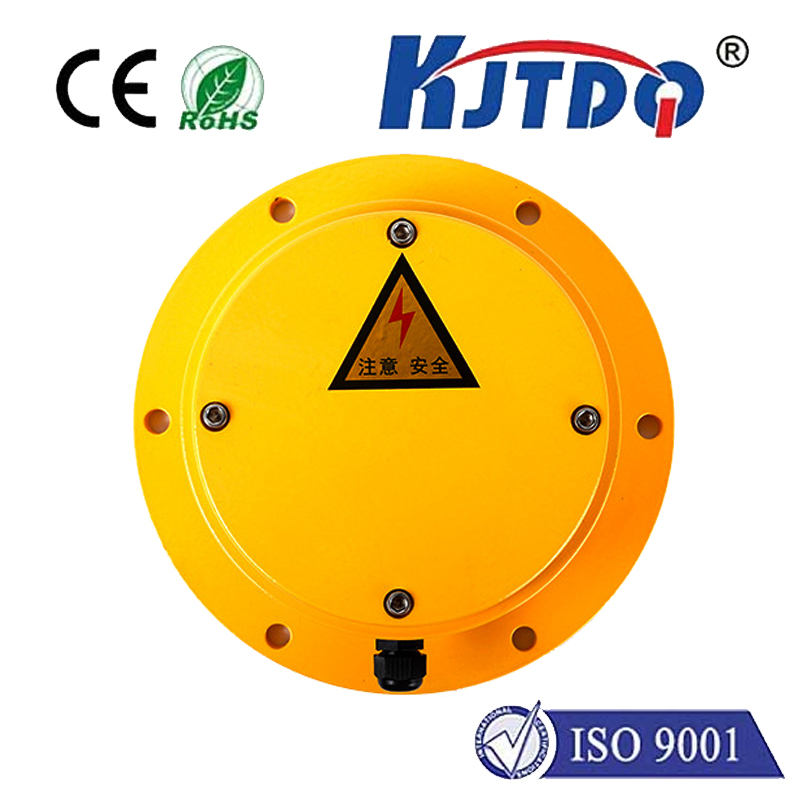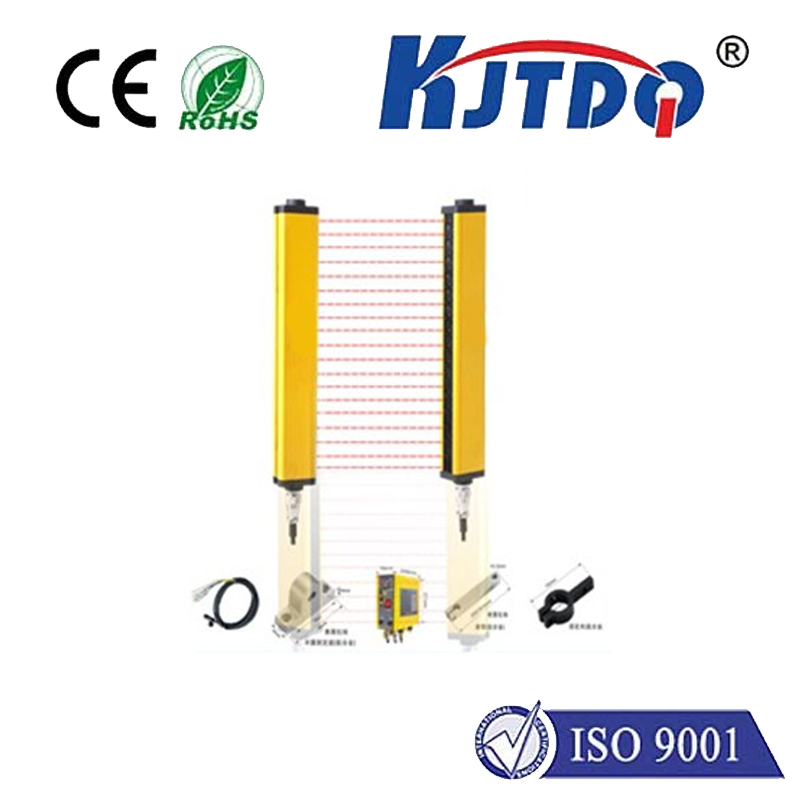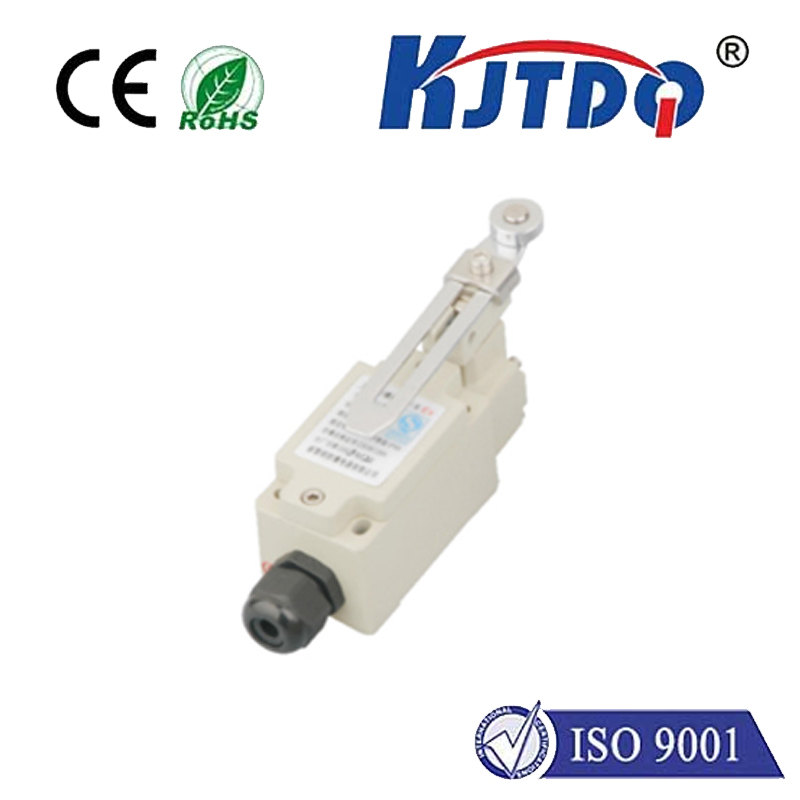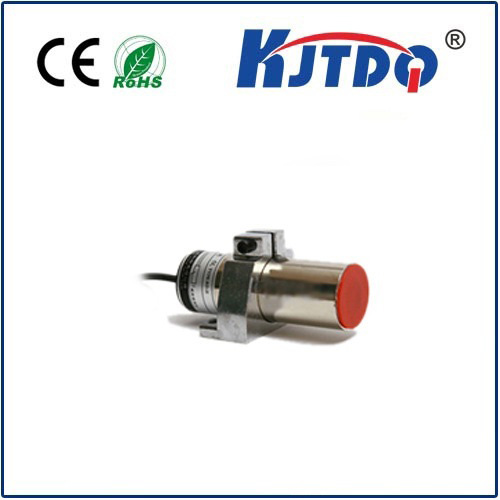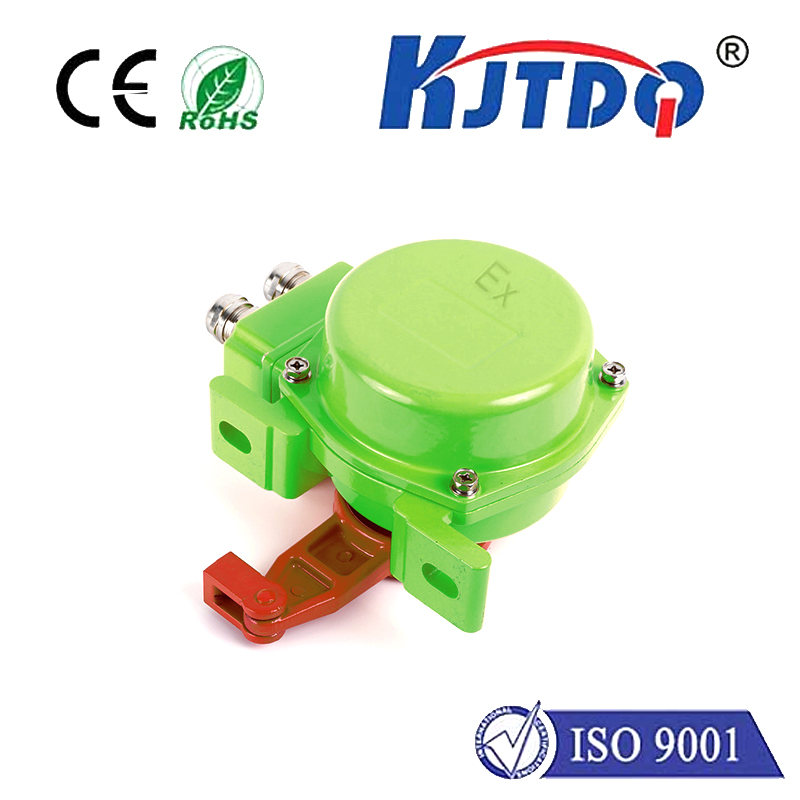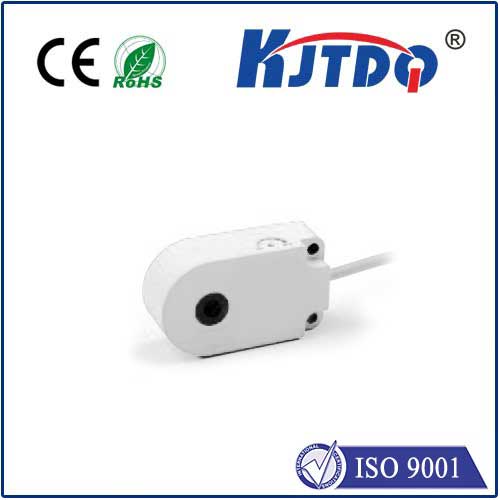reflective type photoelectric sensor
- time:2024-10-17 00:14:18
- Click:0

Title: Exploring the World of Reflective Type Photoelectric Sensors
Photoelectric sensors have become an integral part of our lives, finding applications in various industries. Among the different types of photoelectric sensors available, reflective type photoelectric sensors stand out for their unique features and versatility. In this article, we will explore the world of reflective type photoelectric sensors, shedding light on their working principle, applications, advantages, and limitations.
Working Principle of Reflective Type Photoelectric Sensors
Reflective type photoelectric sensors consist of an emitter and a detector housed in a single casing. The emitter emits infrared radiation, which is reflected off a target object and detected by the detector. The detector then converts the received infrared radiation into an electrical signal, which is further processed to determine the presence or absence of the target object.
The reflectivity of the target object plays a crucial role in determining the performance of reflective type photoelectric sensors. Highly reflective objects such as metals and glass reflect most of the infrared radiation back to the detector, resulting in a stronger signal. On the other hand, non-reflective objects such as matte surfaces absorb most of the infrared radiation, resulting in a weaker signal.
Applications of Reflective Type Photoelectric Sensors
Reflective type photoelectric sensors are widely used in various industries due to their flexibility and ease of installation. Some of their common applications include:
- Automotive Industry: Reflective type photoelectric sensors are used in vehicles for various purposes such as reverse parking assistance, rain sensors, and adaptive cruise control systems.
- Industrial Automation: These sensors are used in conveyor belts, packaging machines, and quality control systems to detect the presence or absence of objects.
- Security Systems: Reflective type photoelectric sensors are used in burglary alarms, door sensors, and access control systems.
Advantages of Reflective Type Photoelectric Sensors
Reflective type photoelectric sensors offer several advantages over other types of photoelectric sensors:
- Ease of Installation: Since both the emitter and detector are housed in a single casing, these sensors are easy to install and require less space.
- Versatility: Reflective type photoelectric sensors can detect a wide range of target objects, including transparent and translucent materials.
- Cost-Effective: These sensors are generally less expensive than other types of photoelectric sensors, making them a cost-effective solution for various applications.
Limitations of Reflective Type Photoelectric Sensors
Despite their numerous advantages, reflective type photoelectric sensors also have some limitations:
- Sensitivity to Environmental Factors: These sensors can be affected by environmental factors such as dust, moisture, and temperature variations, which can affect their performance.
- Limited Range: The range of detection for reflective type photoelectric sensors is relatively short compared to other types of photoelectric sensors.
- False Triggering: These sensors can sometimes be triggered by stray light or reflections from nearby objects, leading to false positives.
In conclusion, reflective type photoelectric sensors are versatile and cost-effective solutions for detecting the presence or absence of objects in various applications. However, they also have their limitations, which need to be considered while selecting the appropriate type of photoelectric sensor for a particular application. With advancements in technology, it is expected that these sensors will continue to evolve and find new applications in the future.





